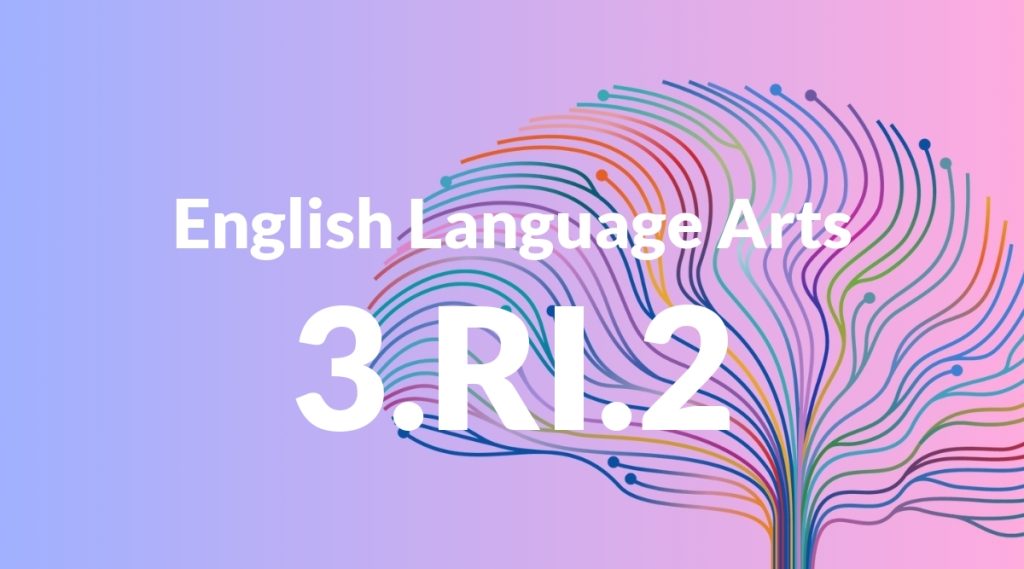Standard: 3.RI.2 – Determine the main idea of a text; recount the key details and explain how they support the main idea.
Grade level: Grade 3
Subject: English Language Arts
Domain: Reading: Informational Text
Teacher Overview
This standard focuses on helping students determine the main idea of informational texts and understand how key details support that main idea. Mastering this standard is crucial for developing strong reading comprehension skills, which are foundational for success in all academic subjects. Students should already be familiar with basic text features and have some experience summarizing simple texts. They should understand the difference between a main idea and supporting details.
After mastering this standard, students will be able to analyze more complex texts, compare and contrast different texts, and evaluate the effectiveness of supporting details. They will also be able to synthesize information from multiple texts.
Common Misconception 1
A common misconception is that the main idea is the same as the topic. This is incorrect because the topic is what the text is about, while the main idea is what the author wants to convey about that topic.
Intervention 1
To address this misconception, use graphic organizers that separate the topic and the main idea. Provide examples and non-examples to clarify the difference.
Common Misconception 2
Another misconception is that all details in a text are equally important. This is incorrect because only certain key details directly support the main idea.
Intervention 2
To remediate this, teach students to use highlighters or annotations to mark key details that support the main idea. Practice with multiple texts to reinforce this skill.
Prerequisite Knowledge
Students should be able to identify and understand basic text features, such as titles, headings, and captions. They should also have experience with simple summarization and recognizing the difference between main ideas and supporting details.
Subsequent Knowledge
Students will develop the ability to analyze more complex texts, compare and contrast different texts, and evaluate how effectively details support the main idea. They will also be able to synthesize information from multiple texts.
Instructional Activities
- Use graphic organizers to separate topics and main ideas.
- Highlight key details in a text that support the main idea.
- Practice summarizing short informational texts.
- Compare and contrast main ideas from different texts.
- Create visual aids that map out the main idea and supporting details.




